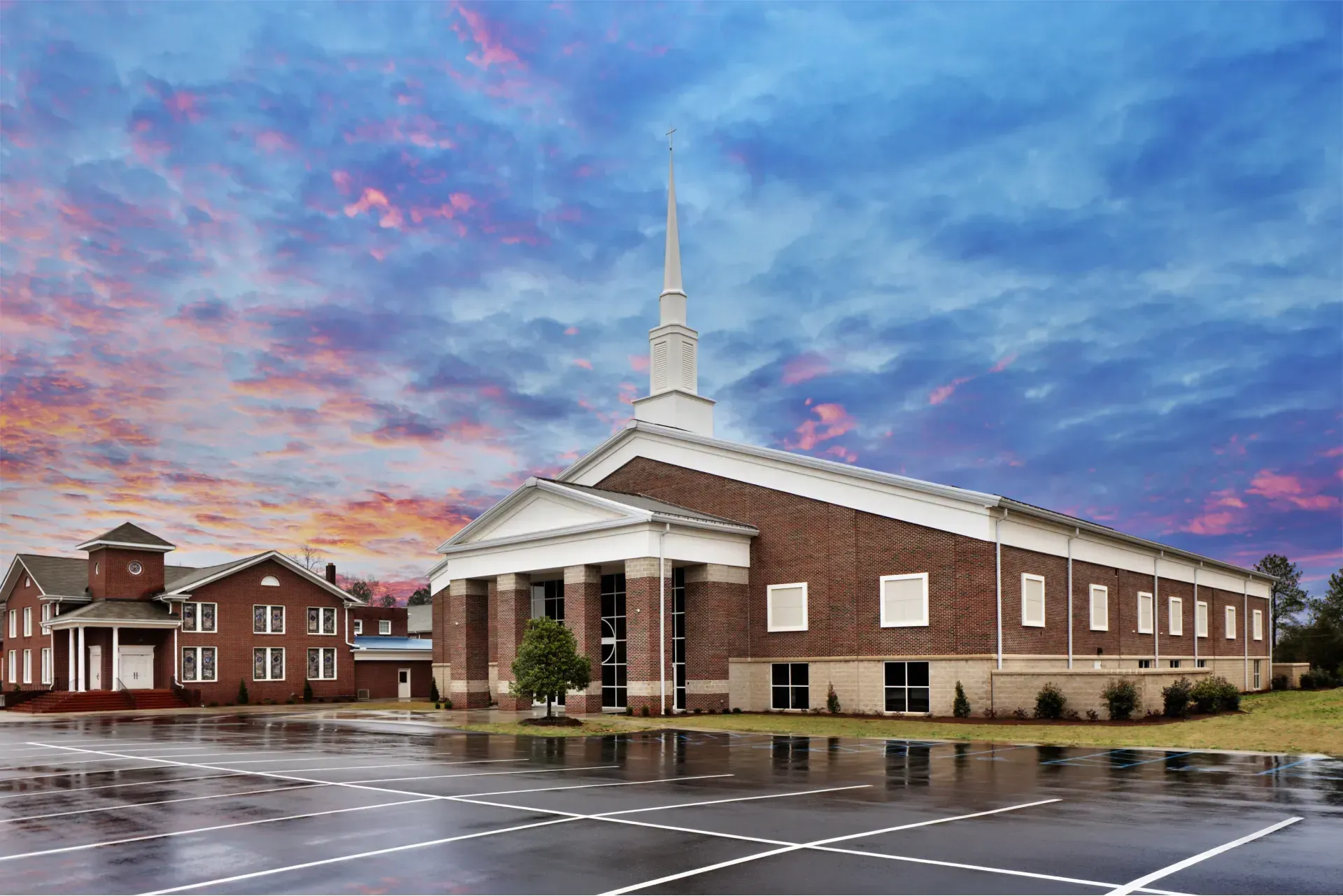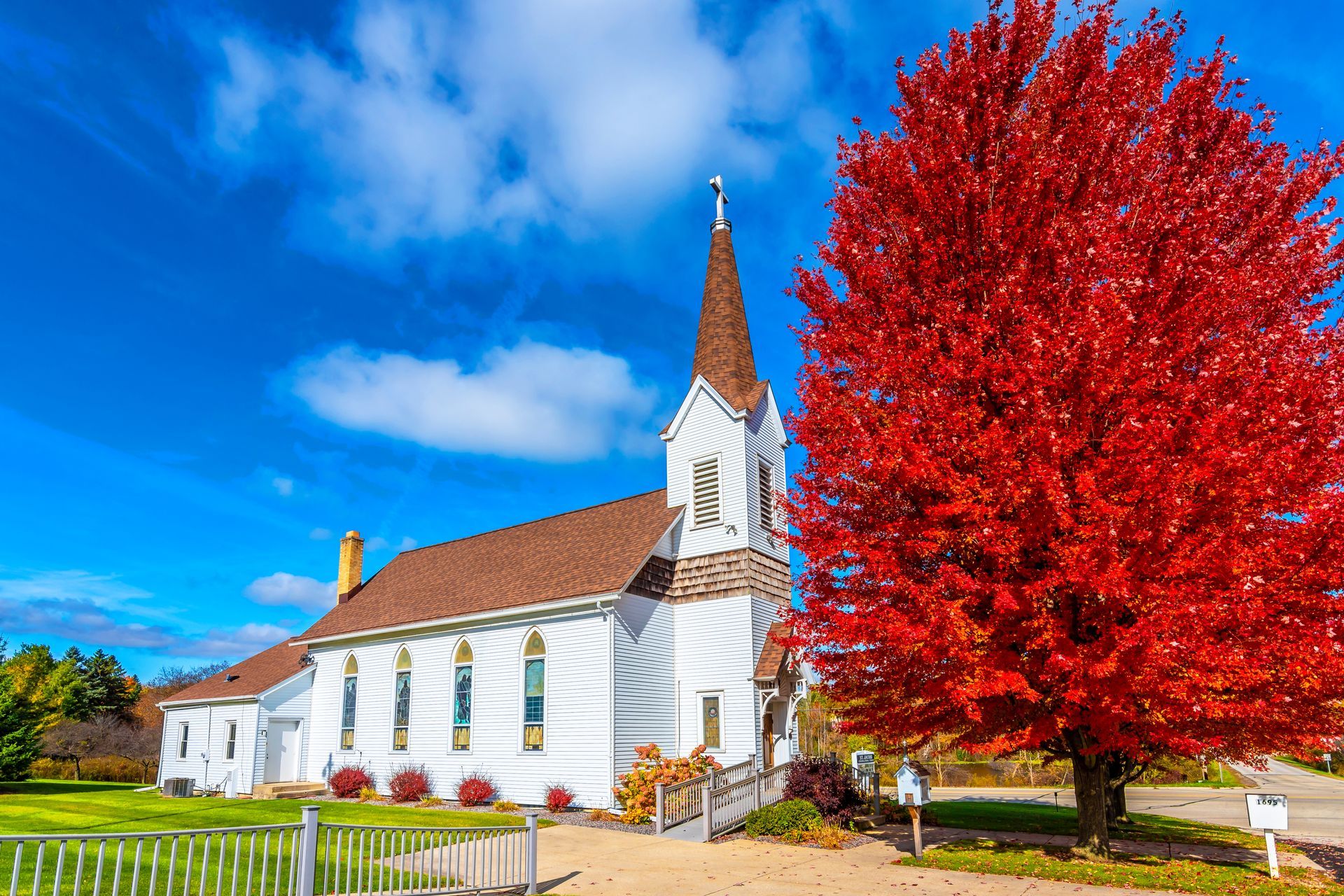Essential Insurance and Risk Management Strategies
Essential Insurance and Risk Management Strategies
Hosting special events, from community outreach programs to holiday celebrations, is an essential part of a church’s mission to serve its congregation and foster a sense of belonging. While these events offer valuable opportunities for spiritual connection and communal support, they also introduce potential risks and hazards that churches must address proactively.
By implementing comprehensive insurance and risk management strategies, church administrators can ensure a secure environment for attendees and safeguard the institution’s assets in the event of an unfortunate incident. This article will delve into the various aspects of managing risks and securing adequate insurance coverage for church events, covering topics such as event liability insurance, risk assessment, safety measures, and contingency planning.
Event liability insurance is an indispensable component of a church’s risk management strategy. While most churches carry general liability insurance, it is crucial to examine the existing policy to determine if it provides sufficient coverage for special events. In some cases, a separate event-specific policy or additional endorsements may be necessary to cover potential risks and liabilities associated with unique activities or larger gatherings. Common aspects to consider when evaluating event liability coverage include property damage, bodily injury, liquor liability, and volunteer or employee-related incidents.
In addition to securing comprehensive insurance coverage, churches must also proactively assess and mitigate potential risks associated with their events. This process may involve evaluating event venues, inspecting equipment and facilities, establishing emergency response plans, and implementing appropriate safety measures. This comprehensive approach ensures that all potential hazards are considered and mitigated to create a safe and enjoyable event for all attendees.
Throughout the following sections, we will examine event liability insurance and risk management strategies in greater detail, offering guidance and recommendations for church administrators seeking to create successful and secure gatherings for their congregations. By diligently addressing potential risks and securing appropriate insurance coverage, churches can confidently host events that enrich their community and support their spiritual mission.
Evaluating Event Liability Insurance Coverage
When preparing to host a church event, it is vital to review your existing general liability insurance policy to ensure it provides adequate coverage for the specific activities and potential risks involved. Some key areas to assess when evaluating event liability coverage include:
1. Property Damage: Ensure your policy covers potential damage to the church property, rented equipment or furnishings, or other facilities used during the event.
2. Bodily Injury: Confirm that your policy provides coverage for injuries sustained by attendees, volunteers, or staff during the event. This may include instances such as slip and fall accidents or injuries resulting from recreational activities.
3. Liquor Liability: If alcohol will be served at the event, it is crucial to have liquor liability coverage in place. This protects the church in case of incidents involving intoxicated attendees, such as property damage or injury claims.
4. Volunteer and Employee Incidents: Verify if your insurance policy extends coverage to incidents involving volunteers or employees, as additional endorsements may be necessary for events with a significant volunteer or staff presence.
If your existing policy does not provide sufficient coverage for these areas, consider purchasing separate event-specific liability insurance or adding endorsements to tailor your coverage to the unique needs of your church event.
Conducting a Comprehensive Risk Assessment
Before hosting a church event, it is crucial to identify and evaluate potential risks and hazards associated with the activities, venue, and attendees. A comprehensive risk assessment can help church administrators uncover potential issues and implement proactive measures to mitigate these risks. Some important aspects of a thorough risk assessment include:
1. Venue Evaluation: Thoroughly inspect the event venue, both indoors and outdoors, for potential hazards such as tripping hazards, obstructed exits, or inadequate lighting. Address any identified issues before the event to ensure a safe environment for all attendees.
2. Equipment and Facilities Inspection: Review all equipment, furnishings, and facilities to be used during the event, ensuring they are in proper working order and pose no risk to attendees.
3. Crowd Control Measures: Plan crowd control strategies and designate volunteers or staff to manage crowds and monitor attendee behavior to prevent overcrowding or unruly behavior.
4. Emergency Response Planning: Establish emergency response plans for potential scenarios, such as severe weather, fires, or medical emergencies, and train volunteers and staff in these procedures.
Implementing Effective Safety Measures
Safety measures play a vital role in ensuring a secure and enjoyable experience for all attendees of your church event. Church administrators should consider implementing the following safety precautions:
1. Clearly Mark Exits and Emergency Routes: Ensure all exits and emergency routes are clearly marked and easily accessible during the event, facilitating a swift evacuation in case of an emergency.
2. Provide First Aid Stations: Set up easily accessible first aid stations at the venue, stocked with essential medical supplies, and designate trained volunteers or staff to attend to any medical needs.
3. Establish a Lost and Found: Create a designated lost and found area where attendees can report missing items or find lost belongings to prevent potential disputes and misunderstandings.
4. Implement a Communication Plan: Establish a clear communication plan for volunteers, staff, and attendees, including emergency contact information, procedures to report incidents, and crisis management protocols.
Developing Contingency Plans
While meticulous planning and risk assessment can minimize potential issues, it is crucial to have contingency plans in place to address unforeseen circumstances or emergencies. Key elements of a contingency plan include:
1. Alternative Venue Arrangements: Have a backup venue in mind, or plan for utilizing a different area of your church campus in case of last-minute issues with the primary event location.
2. Weather Contingency Plans: Develop backup plans for outdoor events that may be affected by inclement weather, such as moving activities indoors or rescheduling the event.
3. Resource Redundancy: Ensure extra supplies, equipment, and staffing resources are available to handle unexpected situations, such as equipment malfunction or increased attendance.
4. Transportation and Parking Contingencies: Develop a plan to address transportation and parking issues, including alternative parking arrangements or shuttle services for attendees.
Conclusion
Proactively addressing potential risks, securing adequate event liability insurance coverage, and implementing safety measures are essential for safeguarding church events and providing a secure and enjoyable experience for members and guests.
By conducting comprehensive risk assessments, developing contingency plans, and fostering an atmosphere of safety and preparedness, church administrators can confidently host a wide variety of events that contribute to the spiritual growth and sense of community within their congregation.
With foresight and diligence in risk management and
church insurance coverage, churches can continue to serve their congregants and nurture their spiritual mission without undue concern for unforeseen incidents or liabilities. Visit the website of Church Insurance Man today for more information.











